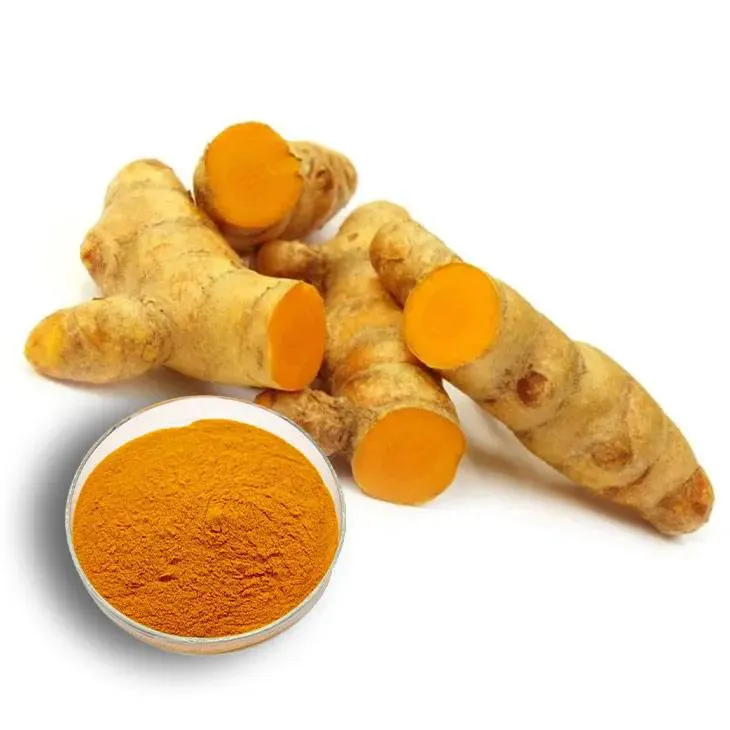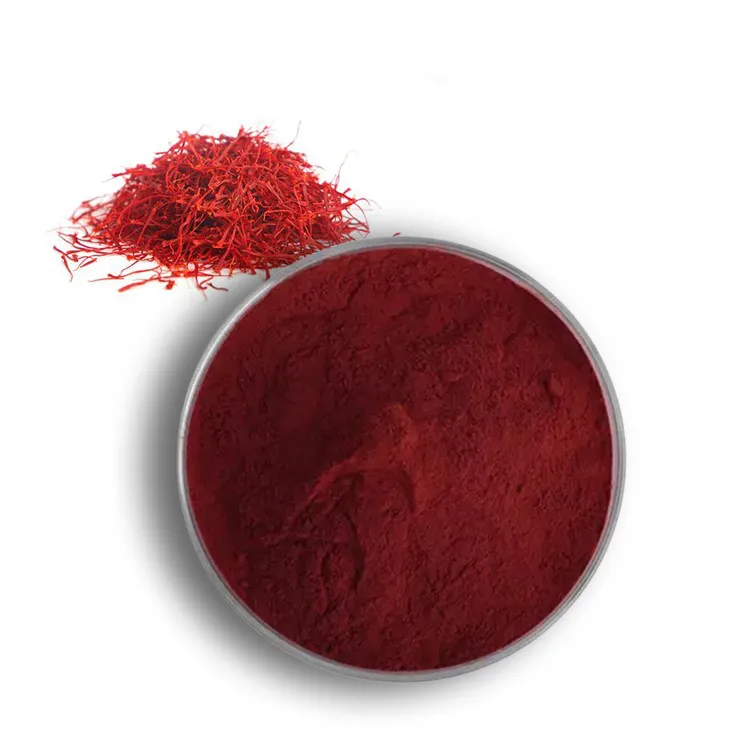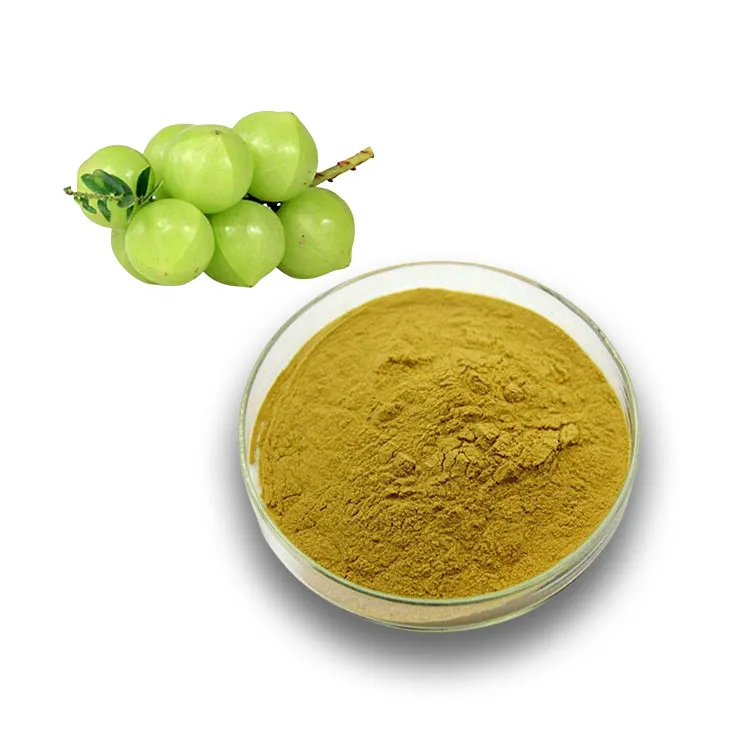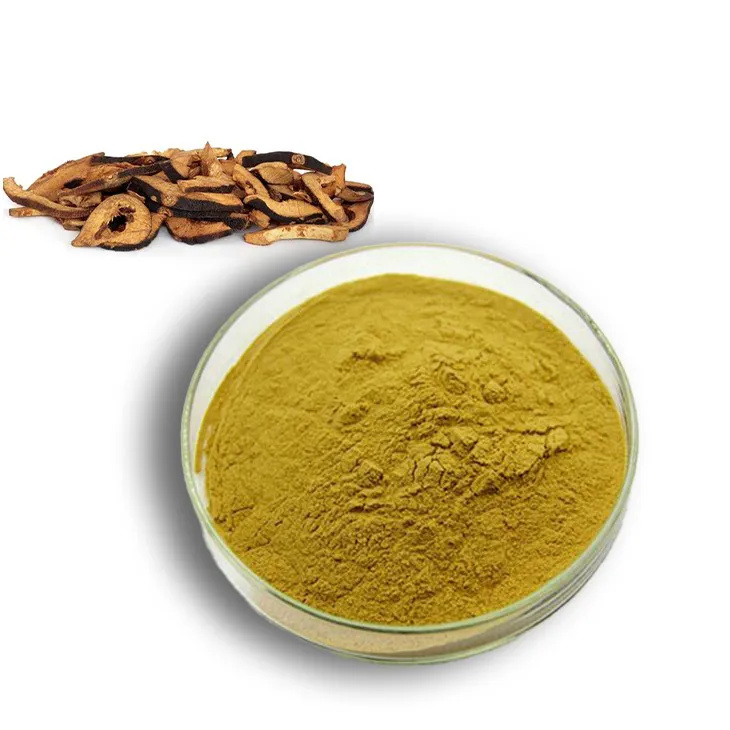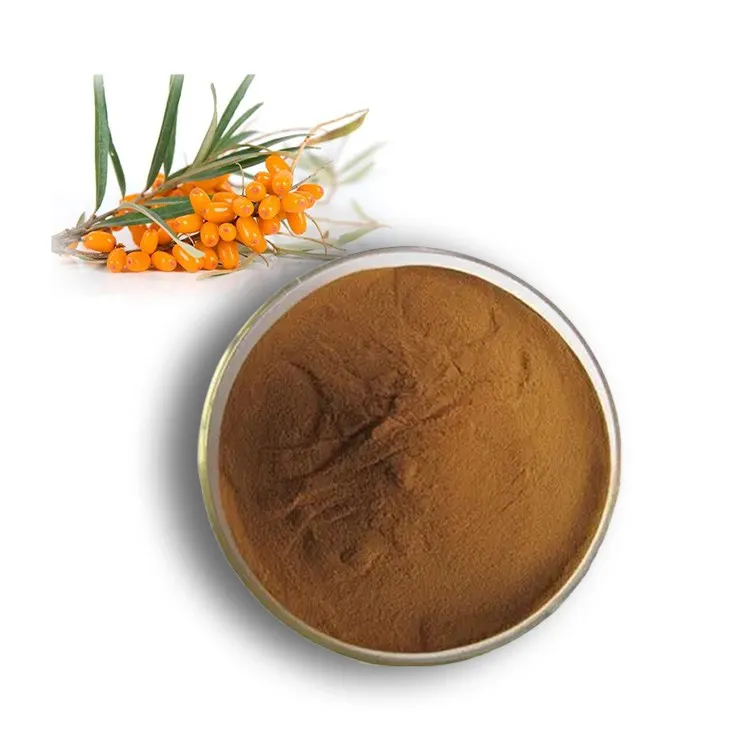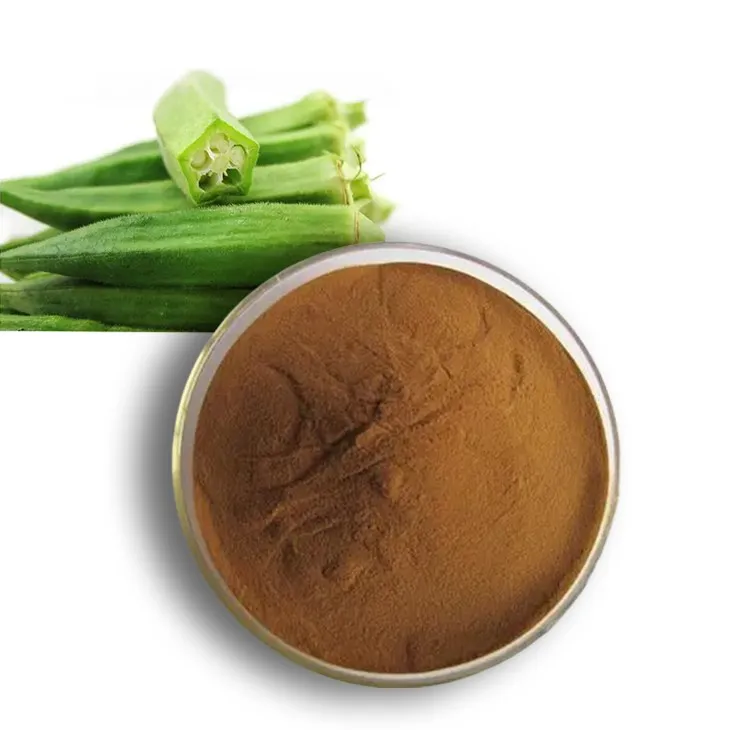- 0086-571-85302990
- sales@greenskybio.com
Are cranberries high in sugar?
2025-09-27
Cranberries, celebrated for their tart flavor and vibrant red hue, have long been appreciated for their nutritional value and health benefits. Known scientifically as Vaccinium macrocarpon, these small berries are primarily grown in North America and are popular during festive seasons due to their use in sauces, desserts, and beverages. With the increasing emphasis on reducing dietary sugar, many health-conscious consumers are curious about the sugar content in fruits, including cranberries. This article examines whether cranberries are high in sugar, explores their nutritional profile, and evaluates how they fit into a balanced diet.
Nutritional Profile of Cranberries
Cranberries are low in calories and packed with nutrients, making them an attractive addition to various dishes and diets. A typical one-cup serving of fresh cranberries contains approximately 46 calories, 12 grams of carbohydrates, and 4 grams of dietary fiber. Notably, cranberries are rich in vitamin C, vitamin E, and other antioxidants, such as flavonoids and phenolic acids, which contribute to their health benefits.
Natural Sugars in Cranberries
When it comes to sugar content, cranberries stand out for having one of the lowest natural sugar content levels among fruits. A one-cup serving of raw cranberries contains only about 4 grams of natural sugar, significantly less than many other fruits. For comparison, a cup of blueberries contains roughly 15 grams of sugar, while a cup of grapes has about 23 grams. The low sugar content of cranberries contributes to their notably tart taste, which differs from the natural sweetness found in fruits like apples or bananas.
Forms of Cranberry Consumption and Sugar Content
While fresh cranberries are low in sugar, they are rarely consumed raw due to their tartness. Instead, cranberries are often processed into products like dried cranberries, juices, and sauces, which can significantly alter their sugar content:
Dried Cranberries: One of the most popular cranberry products, dried cranberries, typically contain added sugars to enhance flavor and palatability. A standard serving of sweetened dried cranberries can contain more than 20 grams of added sugar, significantly increasing the overall sugar content and calorie count. Unsweetened dried cranberries are less common but available for those seeking lower sugar options.
Cranberry Juice: Commercial cranberry juice or cranberry juice cocktails frequently contain added sugars or combined fruit juices for sweetness. A single cup of sweetened cranberry juice may have over 20 grams of sugar, a combination of natural and added sugars. Pure, unsweetened cranberry juice is available, though its tartness often requires dilution or sweetening with non-caloric sweeteners.
Cranberry Sauce: A traditional festive favorite, cranberry sauce is often prepared with added sugars to balance the tartness. Store-bought versions may contain significant amounts of sugar per serving, depending on the recipe and brand.
Health Benefits and Considerations
Cranberries are renowned for their health-promoting properties, attributed to their abundant antioxidants and bioactive compounds. These berries offer several health benefits:
Urinary Tract Health: Cranberries contain proanthocyanidins, compounds known to prevent certain types of bacteria from adhering to the urinary tract walls, thus reducing the risk of urinary tract infections (UTIs).
Antioxidant Protection: The high level of antioxidants in cranberries helps combat oxidative stress and reduce free radical damage, promoting cellular health.
Heart Health: Cranberries may support heart health by improving cholesterol levels, reducing inflammation, and lowering blood pressure.
Digestive Health: The fiber content in cranberries aids in digestive health and regularity.
Despite these benefits, the form in which cranberries are consumed significantly influences their sugar content and, consequently, their health impact. The consumption of cranberry products with excessive added sugars can negate some of these benefits and contribute to health risks associated with high sugar intake, such as obesity and metabolic diseases.
Incorporating Cranberries Into a Balanced Diet
To harness the benefits of cranberries while managing sugar intake, consider the following tips:
Opt for Fresh or Frozen Cranberries: Incorporate raw or unsweetened frozen cranberries into smoothies, salads, or baked goods to control sugar content.
Choose Unsweetened Options: When selecting dried cranberries or juices, look for unsweetened versions or those with minimal added sugars. Unsweetened products offer the nutritional benefits of cranberries without the excess sugar calories.
Make Homemade Cranberry Sauce or Juice: Homemade versions allow for better control over sugar levels. Use natural sweeteners like stevia, monk fruit, or small amounts of honey or maple syrup to adjust sweetness as desired.
Portion Control: Be mindful of portion sizes, especially when consuming sweetened cranberry products, to manage overall sugar and caloric intake effectively.
Conclusion
While cranberries are naturally low in sugar, the sugar content varies significantly based on how they are consumed. Fresh and frozen cranberries present a low-sugar, nutrient-rich fruit choice, whereas many commercial products introduce added sugars. By being discerning about product choices and preparation methods, individuals can enjoy the flavorful and healthful benefits of cranberries without compromising their dietary goals regarding sugar consumption.
Ultimately, the incorporation of cranberries into a balanced and varied diet can contribute positively to health, offering a tasty way to enrich one's nutritional profile while capitalizing on their unique health properties. Understanding and managing the sugar content in cranberry products empower consumers to make informed decisions aligned with their health objectives.
Green Sky Bio provides the best extracts and supplements. It is a Chinese self-developed brand that is trustworthy! Welcome to email us to inquire about our products.
- ▶ Hesperidin
- ▶ Citrus Bioflavonoids
- ▶ Plant Extract
- ▶ lycopene
- ▶ Diosmin
- ▶ Grape seed extract
- ▶ Sea buckthorn Juice Powder
- ▶ Fruit Juice Powder
- ▶ Hops Extract
- ▶ Artichoke Extract
- ▶ Mushroom extract
- ▶ Astaxanthin
- ▶ Green Tea Extract
- ▶ Curcumin
- ▶ Horse Chestnut Extract
- ▶ Other Product
- ▶ Boswellia Serrata Extract
- ▶ Resveratrol
- ▶ Marigold Extract
- ▶ Grape Leaf Extract
- ▶ New Product
- ▶ Aminolevulinic acid
- ▶ Cranberry Extract
- ▶ Red Yeast Rice
- ▶ Red Wine Extract
-
Curcumin Extract
2025-09-27
-
Saffron Extract Powder
2025-09-27
-
Phyllanthus Emblica Extract
2025-09-27
-
Angelica sinensis extract
2025-09-27
-
Senna Leaf Extract
2025-09-27
-
Citrus Aurantium Extract
2025-09-27
-
Alisma Extract
2025-09-27
-
Buckthorn bark extract
2025-09-27
-
Okra Extract
2025-09-27
-
Maca Extract
2025-09-27











